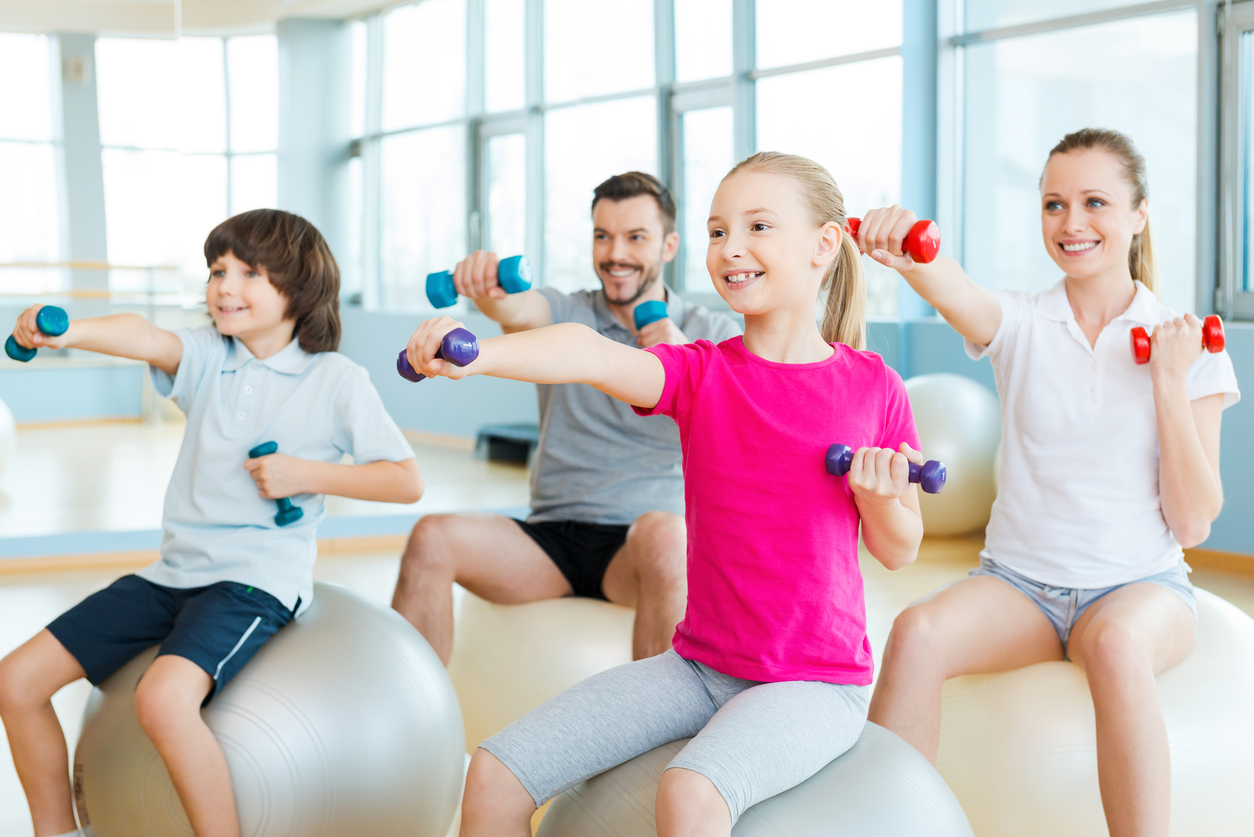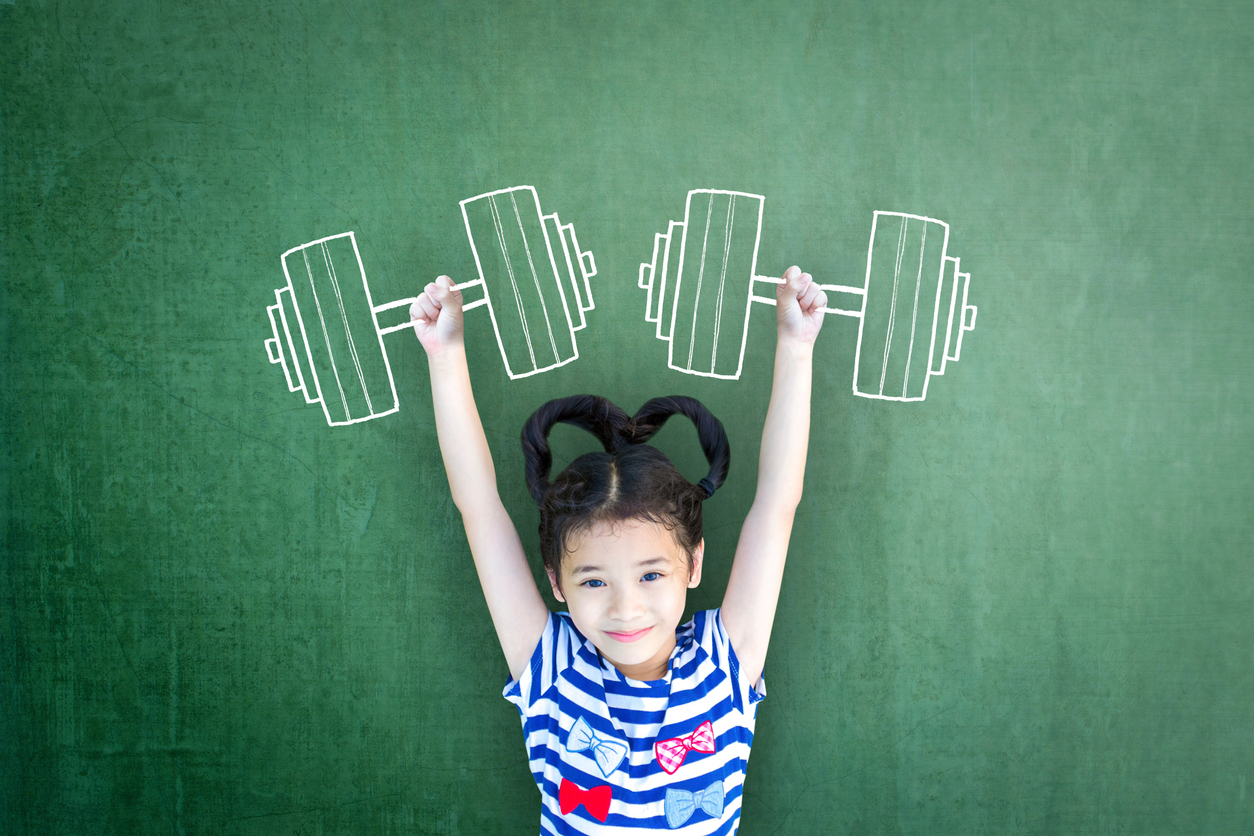~ From The Desk of Dr. Peter Minke
I have a child with special needs. The term Special Needs includes conditions of many different types and severities so we have to follow up in our conversations with lots of explanations…my six year old has Down Syndrome and is still non-verbal. Now you have a better picture of my situation. So, when asked to write an article on how to adapt a physical education program for children with special needs, it is obviously a very hard task. There are too many variables. But perhaps I can offer some guidelines.
Physical education is basically a training program for gross motor skill development. In order to train the body in basic movements, the body and mind have to practice movement sequences in a progressive fashion from simple to complex. Fundamental movement patterns are a good place to start. Let us begin by designating four skill levels of activity.
1. Level one skills such as crawling, walking, going from sit to stand, transferring weight from one leg to the other and back, and standing cross touch (touching right hand to left foot then left hand to right foot) are fundamental skills.
2. If these are proficient, we can progress to level two such as marching forward and backward, jumping and landing on two feet, lateral movement such as shuffling, and tossing a ball and catching while stationary.
3. Skill level three includes hopping on one foot, skipping, activities that combine simple arm and leg actions such as basic jump rope, and tossing a ball and catching while walking.
4. Skill level four includes complex combinations such as tossing and catching while running, shuffling, or skipping as well as more difficult jump rope patterns.
While this is not exhaustive, it may provide a basic framework upon which to evaluate a starting point for your child’s training. If there are physical, cognitive, sensory, or emotional challenges, the child will likely need to work on more simple movements and more repetition. Everyone likes success so I recommend starting your PE time with movements that your child already does and then work on increasing a new skill. For example, if your child can jump and land on two feet but cannot toss and catch a ball while stationary, then the activity should introduce toss and catch as part of a jumping game. You might begin your PE time with jumping like a bunny, then jump three times and stop and catch a ball, then jump three times and toss the ball back. The child will not focus on the failure to toss and catch because the game is a jumping game, which they do well.
Gross motor activities can help with sensory integration issues but how do you implement a program with a child that struggles with over –stimulation or is easily distracted or overwhelmed? Begin by having your child watch a video of the activity to help input the information several times before engaging. Another thing that might help is to conduct your PE activities in an uncluttered space with no windows. Use full spectrum lighting instead of florescent bulbs and turn off your cell phone. Once the environment is acceptable, practice fundamental movements such as those in the level one category. Obviously games are better received than movement training exercises so crawling can be a game when you add a ball to push around while(Click here for video demonstration) crawling across the room. Sometimes modeling the actions for your child can be helpful, sometimes it is distracting to them to focus on you so be prepared to explore different conditions.
Each child is different and each family environment, pace, and temperament is different. Often children with special needs learn physical things slower. I encourage you to stick with a program, whatever it looks like, because the benefits of physical education are for life.
The ideas, procedures, and suggestions contained in this website, article or product offered within the website are not intended as a substitute for consulting with your physician. All matters regarding your health may require medical supervision.
Regards,
The Family Time Fitness Team


